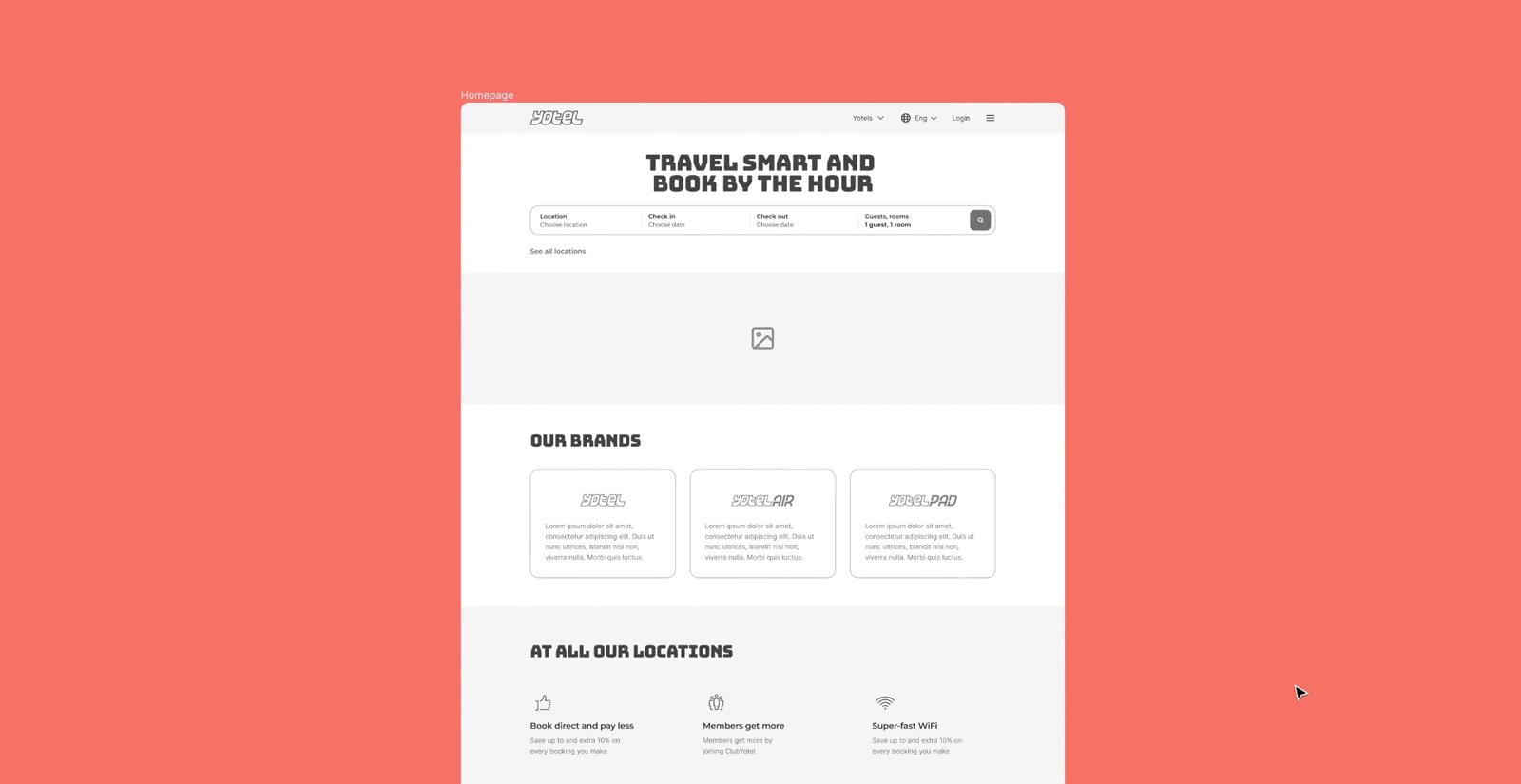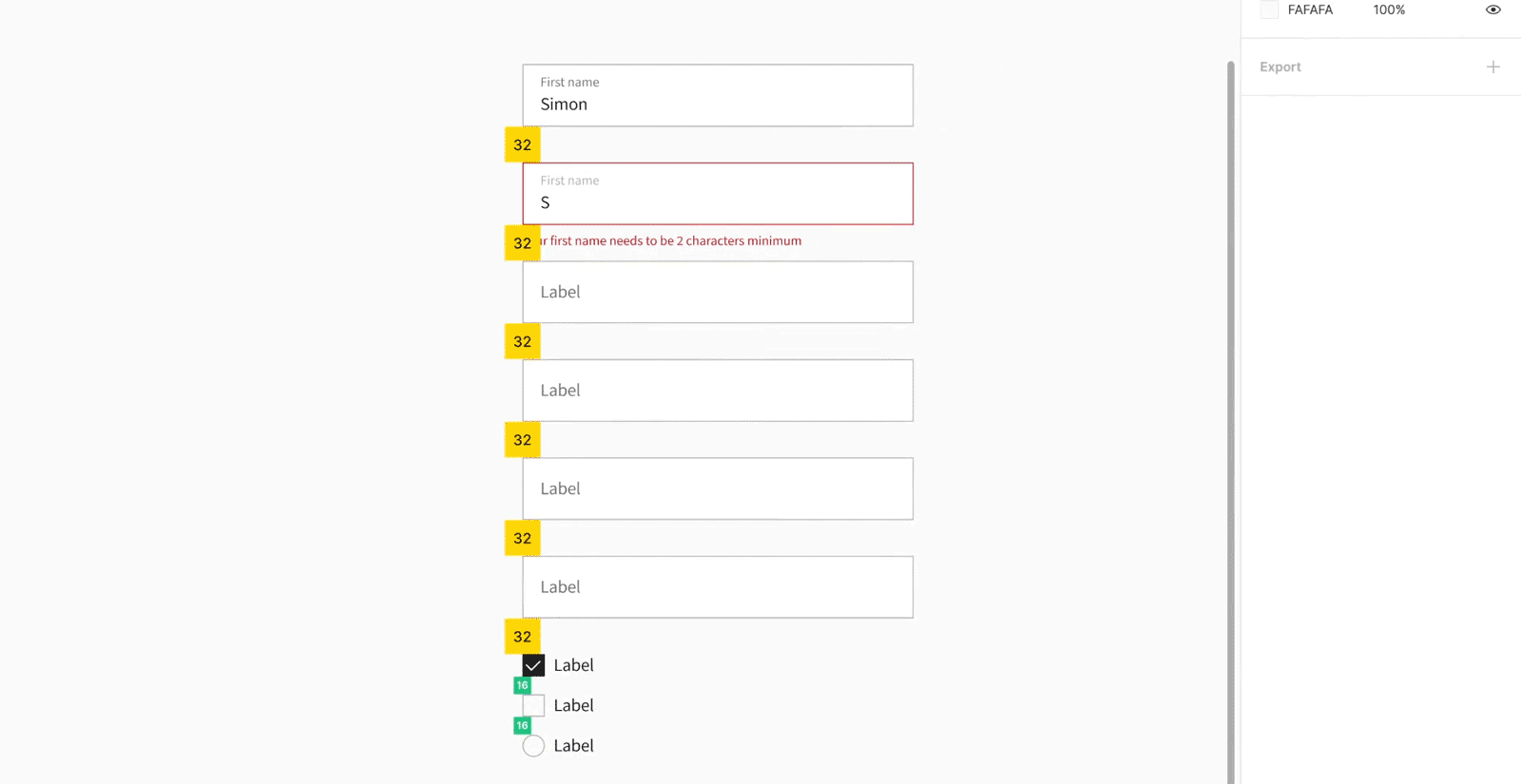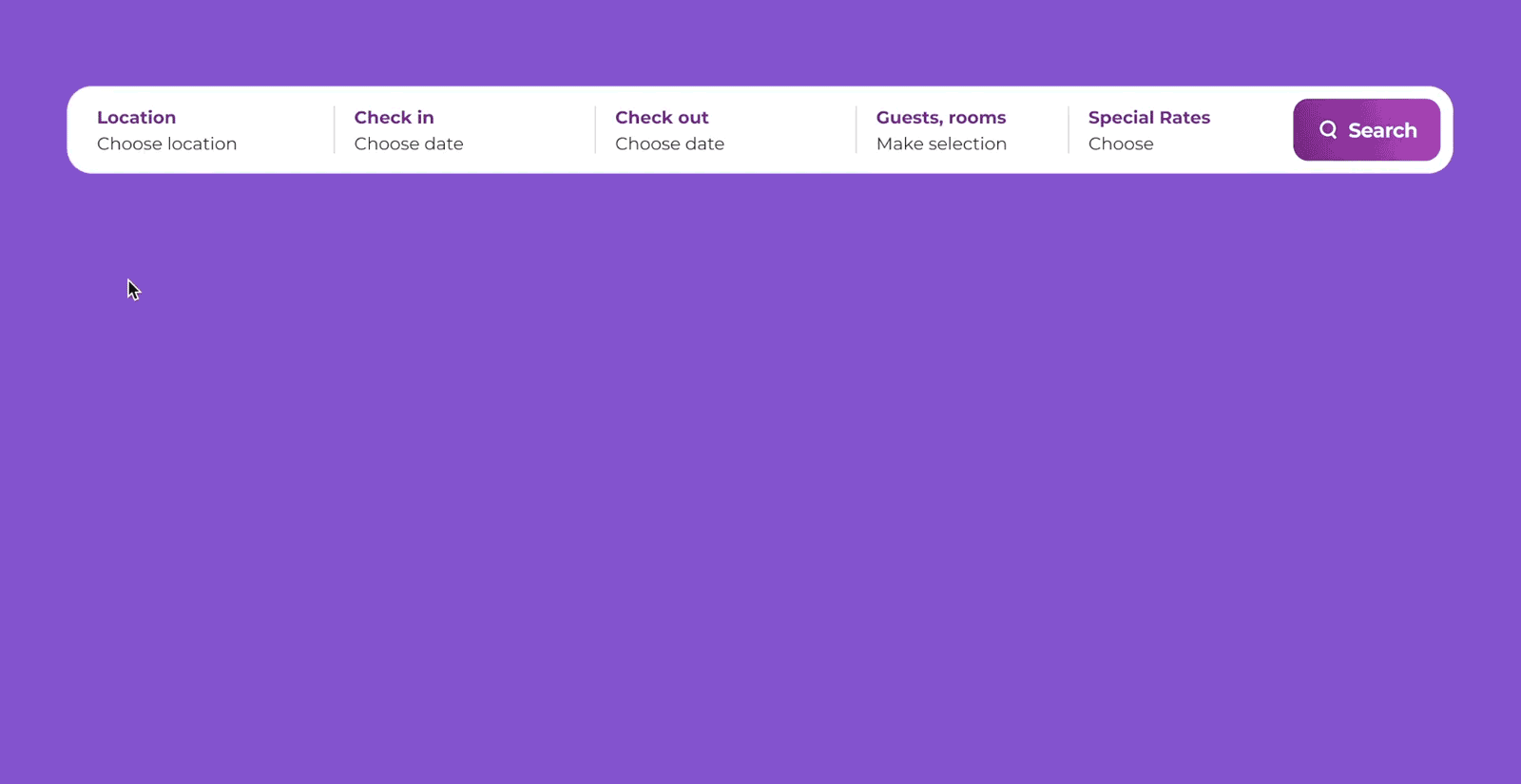15 Feb 2022
UK’s Top Web Developer award winner!
Exceptional and experienced — that’s what our clients say about the Catch team. Since 2007, our team has been carefully crafting clever digital experiences to help our clients. We are a London-based digital agency that’s ready to go to extraordinary lengths to make sure you achieve your ambitions.
To kick off this year, the entire Catch team is thrilled to be named as one of the leading companies during the esteemed Clutch 2022 Awards!
Clutch is a B2B review and market research platform dedicated to helping small, mid-sized, and enterprise companies connect with the right service providers. The site publishes truthful content encompassing different industries and geographic locations from all over the world.
Following their latest evaluation, Catch was named as one of the best-performing web development companies in the UK this 2022! Our expertise in PHP, Drupal, React and other technologies was highly regarded, and it’s all thanks to our clients.
We’re most impressed with their team’s adaptability — they work within our schedules and stick to our project scope.
Marcus Alexander, Head of Digital Marketing, Ashmore Group
The client reviews we’ve earned on Clutch throughout the years helped prove the quality of our work and commitment. That’s why we attribute this wonderful award to all our clients, especially to those who graciously reviewed our services. We couldn’t ask for better clients to call as our invaluable partners.
The collaborative spirit with which we developed the website stood out the most. We brought in different skills from our side and theirs to deliver the project.
Will Henley, Head of Comms at International Hydropower Association
Go beyond the ordinary with Catch! Get in touch with us and let’s talk about the project you have in mind. We look forward to getting to know you.










